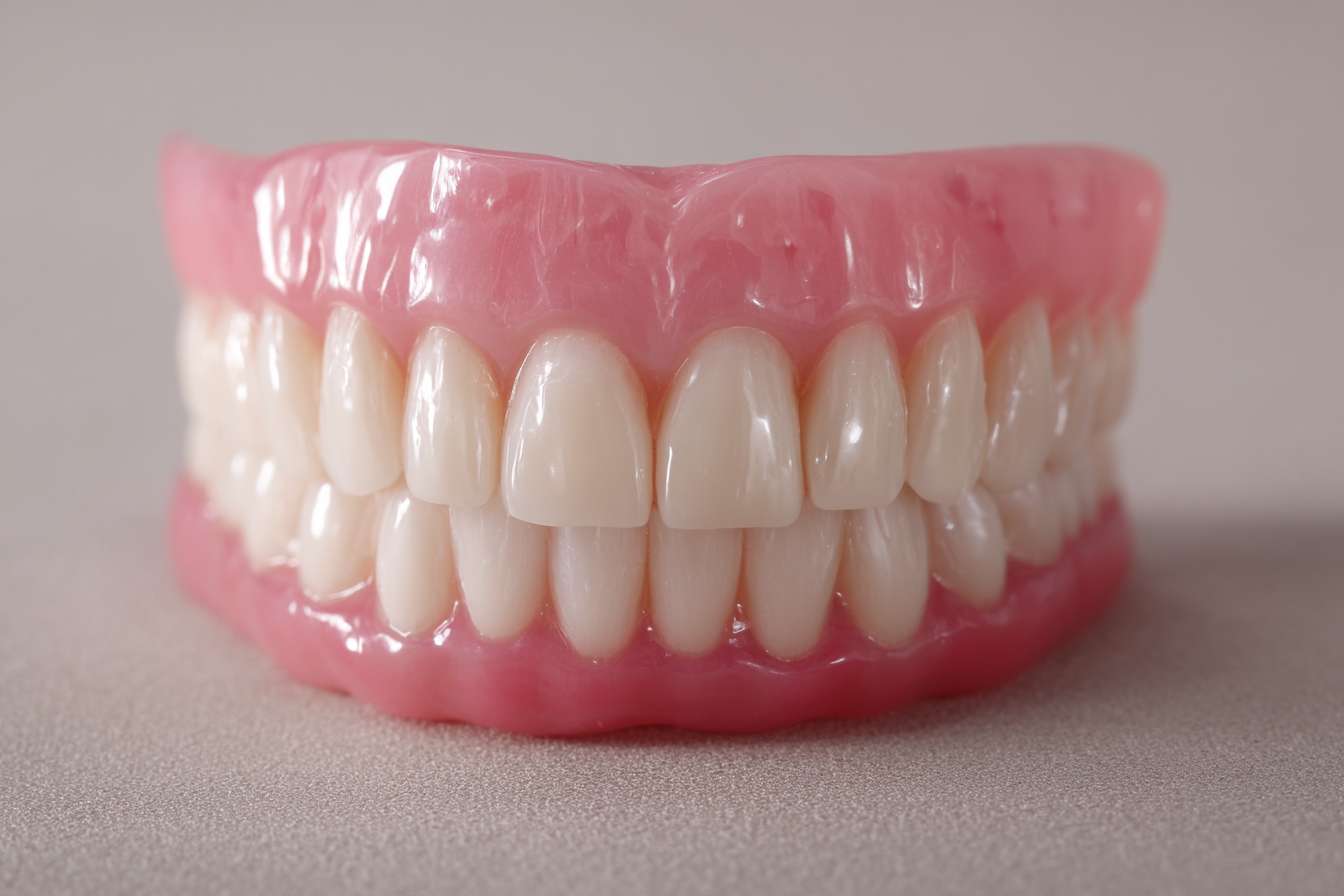Dental Clips for Missing Teeth: Alternatives to Dental Implants
When considering options for replacing missing teeth, dental clips offer a less invasive and often more affordable alternative to dental implants. These removable prosthetic devices attach to existing teeth to fill gaps in your smile without the surgical procedures required for implants. Understanding how dental clips work and their various types can help you make an informed decision about your dental health.

Losing teeth can significantly impact both your oral health and self-confidence. While dental implants have become a popular solution for missing teeth, they aren’t suitable for everyone due to health conditions, bone density issues, or financial constraints. Dental clips represent one of several effective alternatives that can restore your smile without the invasive surgery or extensive recovery time associated with implants.
What Are Dental Clips for Missing Teeth?
Dental clips, also known as partial dentures or removable dental bridges, are prosthetic devices designed to replace one or more missing teeth. Unlike dental implants that are surgically embedded into the jawbone, dental clips attach to adjacent natural teeth using metal clasps or precision attachments. These devices consist of artificial teeth mounted on a gum-colored base that blends with your natural oral tissues.
The primary advantage of dental clips is their non-invasive nature. They don’t require surgery and can be easily removed for cleaning and maintenance. This makes them particularly suitable for patients who cannot undergo surgical procedures due to health concerns or those looking for a temporary solution while considering more permanent options.
How Dental Clips Work
Dental clips function through a straightforward mechanism that relies on the support of your remaining natural teeth. The metal framework or flexible base of the dental clip is designed to fit precisely along your gum line, while small clasps or attachments grip onto adjacent teeth to provide stability.
When you insert a dental clip, it distributes the pressure of biting and chewing across your natural teeth and gums. This distribution helps prevent excessive force on any single tooth, reducing the risk of further dental problems. The prosthetic teeth on the clip fill the gaps in your smile, restoring both aesthetic appearance and some degree of functionality.
Most dental clips require a brief adjustment period during which you’ll learn how to insert, remove, and clean them properly. Your dentist will provide specific instructions on care and maintenance to ensure the longevity of your dental clip and the health of your remaining teeth.
Types of Dental Clips and Materials
Dental clips come in several varieties, each with distinct advantages depending on your specific needs:
-
Cast Metal Framework Partials: These traditional dental clips feature a metal framework (usually cobalt-chrome or gold alloy) with acrylic teeth and gum material. They’re known for their durability and strength, making them suitable for posterior teeth replacement where chewing forces are greatest.
-
Flexible Partials: Made from nylon or other flexible materials like Valplast or Flexite, these clips don’t use metal clasps. Instead, they rely on the material’s flexibility to grip existing teeth. They’re virtually invisible, as the material can be color-matched to your gums.
-
Acrylic Partials: These are entirely made from acrylic resin with metal clasps for retention. They’re typically less expensive but may be bulkier and less durable than metal framework options.
-
Precision Attachment Partials: These high-end dental clips use specialized connectors that attach to crowns placed on adjacent teeth, eliminating visible clasps. They offer superior aesthetics but at a higher cost.
The material choice significantly impacts comfort, appearance, durability, and cost. Your dentist will recommend the most appropriate type based on your oral health, aesthetic preferences, and budget constraints.
Costs of Dental Clips Compared to Implants
One of the most significant advantages of dental clips over implants is their cost-effectiveness. While dental implants can range from $3,000 to $5,000 per tooth (including the crown), dental clips are considerably more affordable.
| Type of Dental Clip | Average Cost Range | Durability | Replacement Timeline |
|---|---|---|---|
| Cast Metal Framework | $950 - $2,000 | 5-10+ years | Relining every 2-3 years |
| Flexible Partial | $700 - $1,500 | 3-5+ years | Potential replacement after 5 years |
| Acrylic Partial | $500 - $1,200 | 2-5 years | More frequent adjustments needed |
| Precision Attachment | $2,000 - $4,000 | 5-7+ years | Attachments may need replacement |
Prices, rates, or cost estimates mentioned in this article are based on the latest available information but may change over time. Independent research is advised before making financial decisions.
Insurance coverage varies significantly for dental prosthetics. Many dental insurance plans cover partial dentures at 50% of the cost after deductibles, while coverage for implants is often limited or excluded entirely. This insurance factor can make dental clips even more financially accessible for many patients.
Benefits of Dental Clips Compared to Implants
While dental implants are often considered the gold standard for tooth replacement, dental clips offer several distinct advantages:
Non-invasive procedure: Dental clips don’t require surgery, making them suitable for patients with health conditions that contraindicate surgical procedures or those with insufficient bone density for implants.
Shorter treatment timeline: The process of getting dental clips typically takes 2-4 weeks from initial consultation to final fitting, compared to 3-6 months or longer for implants that require healing time between surgical stages.
Lower initial investment: As highlighted in the cost comparison, dental clips represent a significantly lower financial commitment than implants.
Adjustability: If you lose additional teeth in the future, dental clips can often be modified to accommodate these changes, whereas implants would require new surgical procedures.
Reversibility: Unlike implants, which permanently alter your jaw structure, dental clips are completely reversible if you decide to pursue different treatment options later.
However, dental clips do have limitations compared to implants. They don’t stimulate the jawbone, which can lead to bone loss over time. They also typically don’t match the chewing efficiency or natural feel of implants. Additionally, the clasps may be visible when smiling, depending on the type of clip used.
The ideal choice between dental clips and implants depends on your specific circumstances, including oral health status, budget constraints, aesthetic preferences, and long-term dental goals. Consulting with a dental professional who can evaluate your unique situation is essential for making an informed decision about tooth replacement options.
This article is for informational purposes only and should not be considered medical advice. Please consult a qualified healthcare professional for personalized guidance and treatment.




